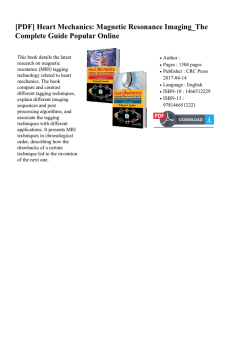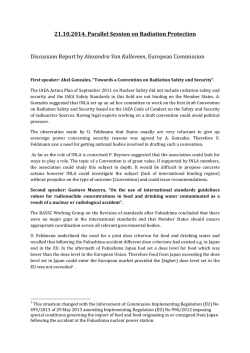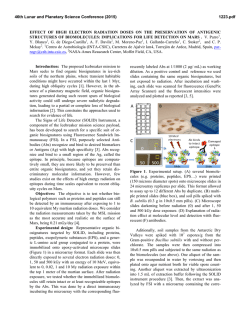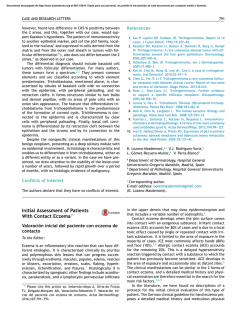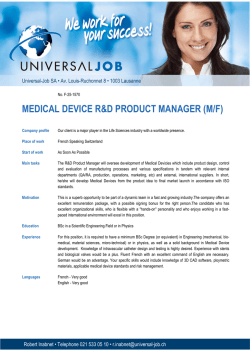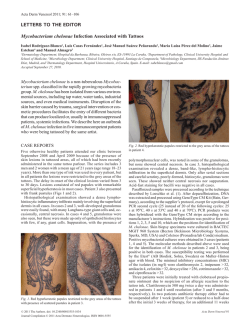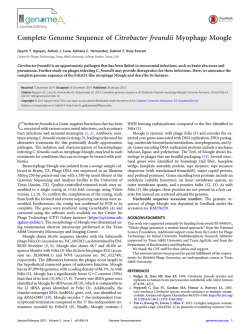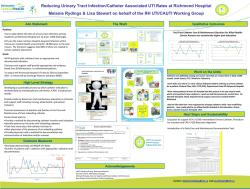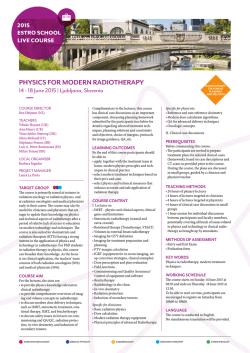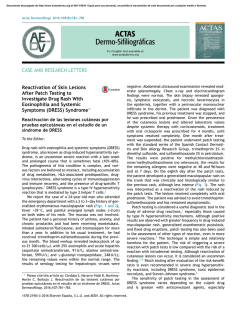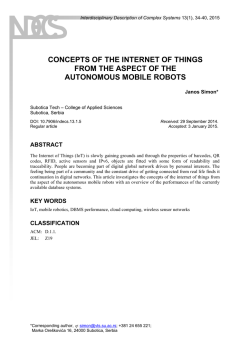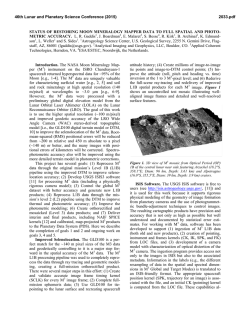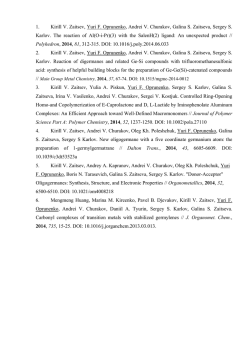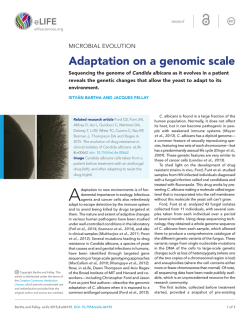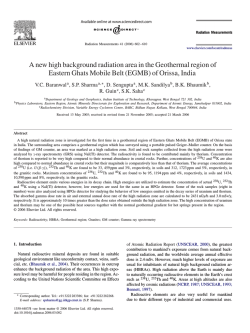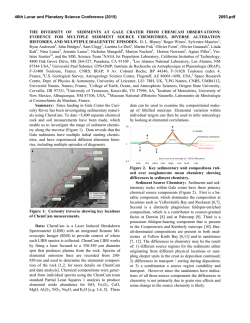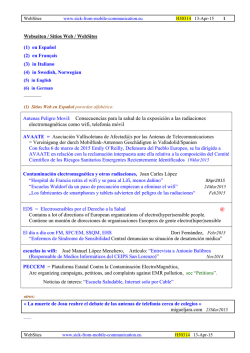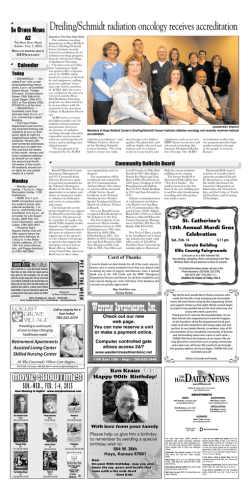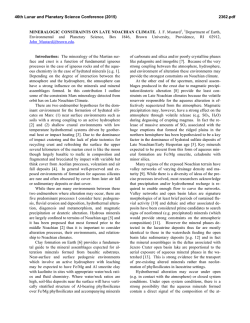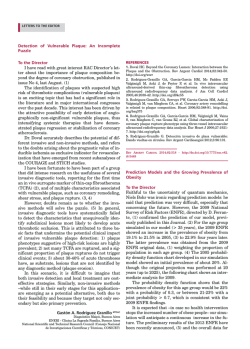
Subacute Radiation Dermatitis Secondary to Cardiac
IMAGES IN CARDIOLOGY Subacute Radiation Dermatitis Secondary to Cardiac Resynchronization Device Implantation Radiodermitis Subaguda Secundaria a Implante de Resincronizador Cardíaco EDGAR ANTEZANA CHÁVEZ, DARÍO DI TOROMTSAC, CARLOS LABADETMTSAC The images correspond to a 53-year-old male patient, referred to our center to have his cardiac resynchronization therapy defibrillator (CRT-D) checked. He had a history of idiopathic dilated cardiomyopathy, permanent atrial fibrillation with complete left bundle branch block, heart failure in FC III, and severe left ventricular dysfunction (EF = 23%). In 2012, the patient underwent the first CRT-D implantation in his home province. Surgery was prolonged, lasting for about 6 hours. The coronary sinus catheter could not be placed, so the device was programmed as defibrillator. Physical examination revealed an ulcerated tumor lesion with raised erythematous edges and fibrinous base of 15 × 12 cm in the right dorsal region, which, as referred by the patient, had appeared about 6 months after the procedure. The location of the lesion coincided with the left anterior oblique position of the fluoroscopic tube, commonly used for coronary sinus catheter placement. Given the nature of the lesion, it seems to be subacute radiation dermatitis. Radiation dermatitis usually occurs within 2 to 12 months after the procedure. Subacute lesions include from erythema and local scaling, similar to that in acute radiation dermatitis, to necrotic ulceration of the deep skin layers. Lesions also involve irrigation, and cause long-term pigmentary changes and loss of skin annexes. About 20% of the cases can progress to ulcers with irregular edges and neoplastic lesions. (1, 2) Its occurrence depends on the radiation dose in the area, requiring > 8 Gy for lesions similar to those observed in this case. (3) Several factors can increase sensitivity to radiation, in addition to individual susceptibility, certain drugs (amiodarone, fibrates, actinomycin, and methotrexate), collagen diseases, immunosuppressive diseases, diabetes, and malfunctioning of radioscopy equipment. (4, 5) Of all these factors, only amiodarone intake was present in our patient. On the other hand, some skin areas are more vulnerable than others, mainly the axillary, pectoral, and dorsal areas, as was the case in our patient. (6) Conflicts of interest None declared. REFERENCES 1. Stone M, Robson K, LeBoit P. Subacute radiation dermatitis from fluoroscopy during coronary artery stenting: Evidence for cytotoxic lymphocyte mediated apoptosis. J Am Acad Dermatol 1998;38:333-6. http://doi.org/dvc734 2. Herrera E, Moreno A, Requena L, Rodríguez JL. Dermatopatología: Correlación clínico-patológica. 1.ª ed. Grupo Menarini; 2007. p. 550-3. 3. Mettler FA Jr, Koenig TR, Wagner LK, Kelsey CA. Radiation injuries after fluoroscopic procedures. Semin Ultrasound CT MR 2002;23:428-42. http://doi.org/fsv2vx 4. Rodríguez I, Fernández D, Rovira I, Fuentes ME. Radiodermitis crónica secundaria a cateterismo cardíaco. Actas Dermosifiliogr 2001;92:291-5. http://doi.org/f2h88s 5. Villanueva Ramos TI, Alcalá Pérez D, Vega González MT, Pedralta Pedrero ML, Medina Bojórquez A, Barrera Cruz A y cols. Guía de práctica clínica para prevención y tratamiento de la radiodermitis aguda. Dermatol Rev Mex 2012;56:3-13. 6. Nahass GT. Acute radiodermatitis after radiofrequency catheter ablation. J Am Acad Dermatol 1997;36:881-4. http://doi.org/fj6d5z Rev Argent Cardiol 2014;82:508 http://dx.doi.org/10.7775/rac.v82.i6.4874 Address for reprints: Dr. Edgar Antezana - Corbeta Pi y Margal 750 - (1155) CABA, Argentina - Tel. 011 4121-0821 - e-mail: [email protected] Hospital de Agudos “Dr. Cosme Argerich” - Department of Electrophysiology MTSAC Full Member of the Argentine Society of Cardiology
© Copyright 2026
